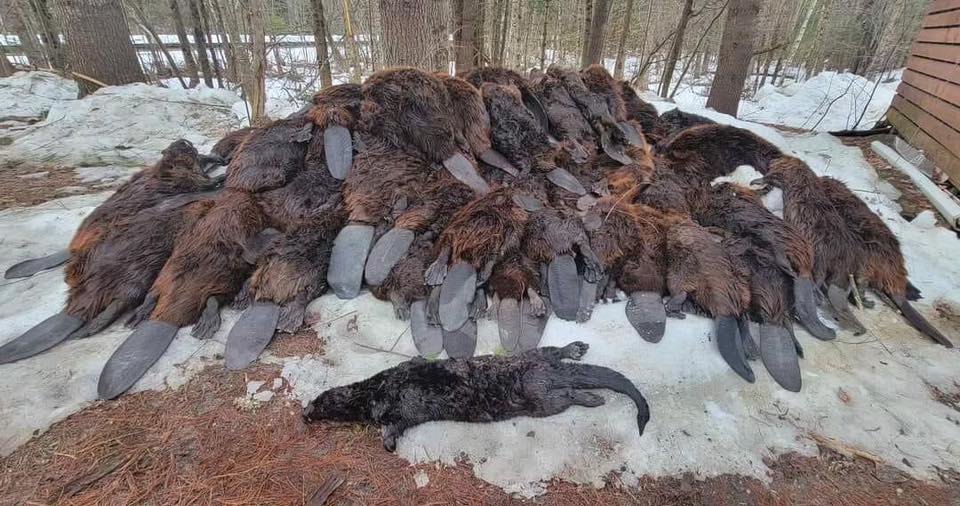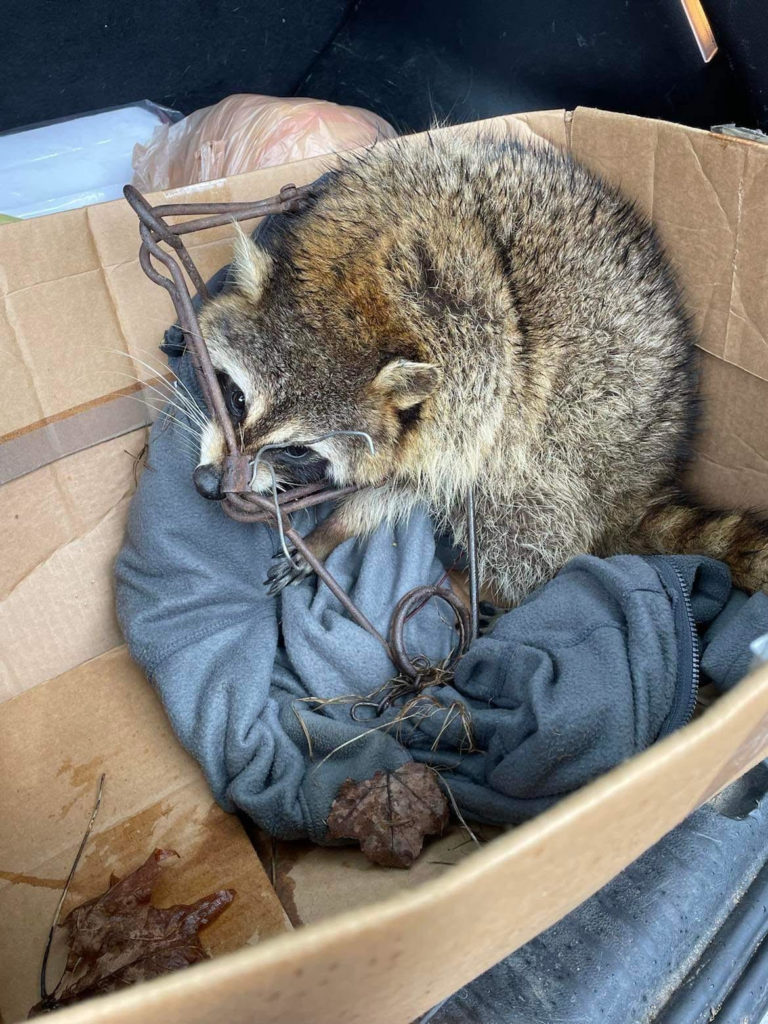
Last year in Vermont we saw the passage of two bills that were intended to reduce the amount of suffering experienced by wildlife at the hands of trappers and hounders. Act No. 159 (S.201) An act relating to best management practices (BMPs) for trapping and Act No. 165 (S.281) An act related to hunting coyotes with dogs. Although both bills began as proposed legislation that would have banned both recreational trapping and the hunting of coyotes with dogs, after much negotiation and compromise, the Vermont Fish & Wildlife Department (VFW) is only proposing minimal changes that would still allow unethical and cruel trapping and coyote hounding practices to continue.
VFW has constructed coyote hunting with hounds regulations that offer no substantive changes to the practice to address the control of loose hounds or the biting, mauling and fighting that can occur when multiple hounds run down a coyote. In recent years multiple instances of trespass and violent coyote hounding incidents have been documented in Vermont leading to the introduction and passage of Act No. 165. Yet, the proposed regulations simply create a permitting process that will still allow multiple hounds to run down coyotes in Vermont, only now the practice will require a “Coyote Dog Permit.”
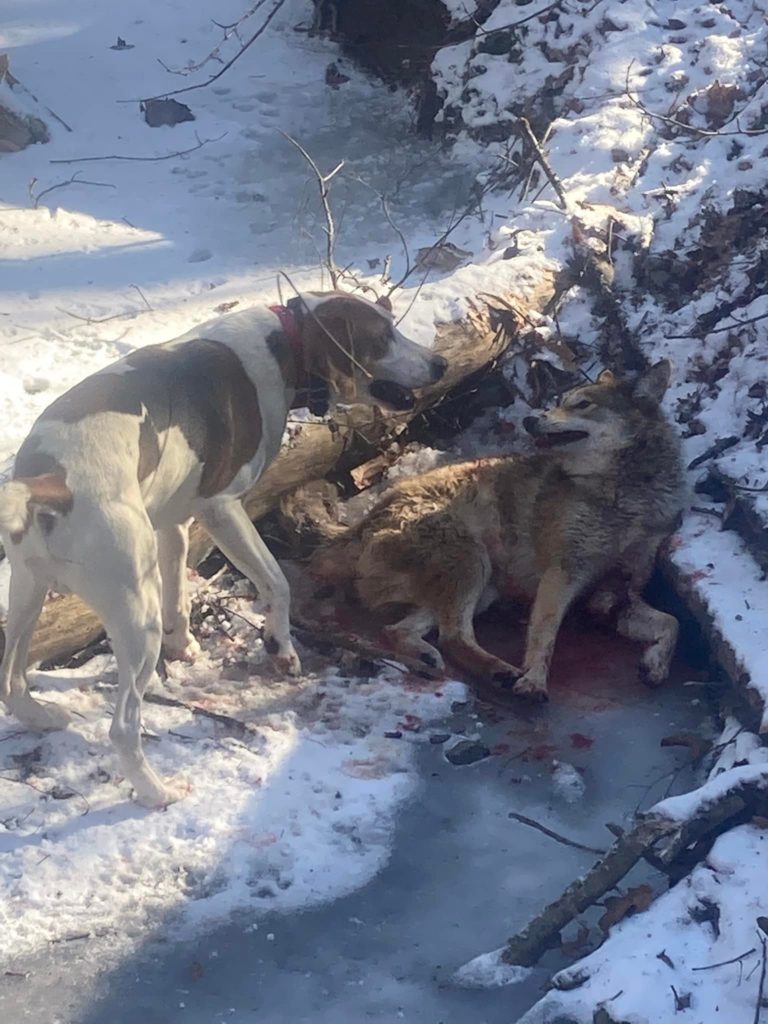
The proposed changes to reduce the level of suffering endured by animals in traps set in Vermont are the minimalist, otherwise they would not be supported by individual trappers and organizations like the Vermont Trappers Association, whose members also sit on the Fish & Wildlife Board which voted to move forward the proposed changes to trapping rules in the state. Some restrictions on placing traps within 50 feet of some public trails will apply, but not on the 100 Wildlife Management Areas where much recreational trapping occurs in Vermont. Also, there will continue to be no restriction on the placement of foot-hold or body-gripping traps immediately off of roads and trails in Vermont if set for “nuisance” wildlife such as beaver as is regularly done by the Agency of Transportation (VTrans) across the state.
The use of body-gripping traps that the fur industry’s own research reveals can take up to 13 minutes to kill a beaver or otter, will continue to be allowed in Vermont as well as being allowed to trap fisher, despite researchers acknowledging some body-gripping traps in use in Vermont were proven to not kill fisher humanely within five minutes as required by BMP trapping standards. Those standards require that 70% of experimental furbearers subjected to trap tests conducted at a lab in Canada be killed within 300 seconds of the trap’s strike. Body-gripping traps have also recently been responsible for the accidental killing of pets in Vermont.
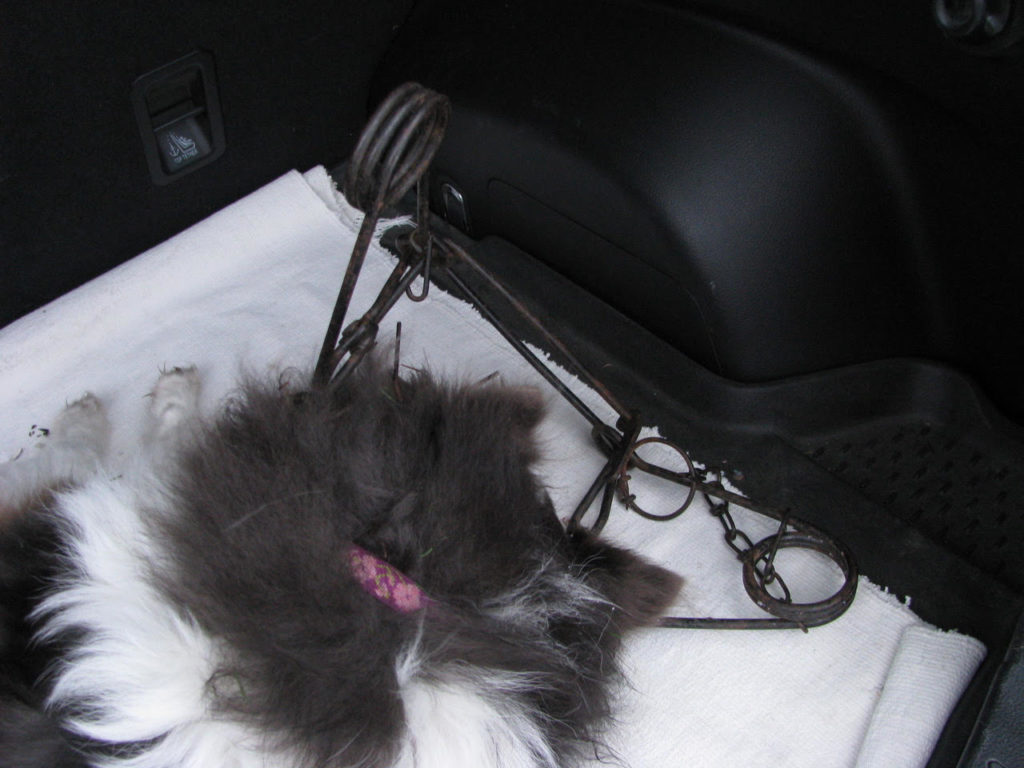
This Summer Vermont Fish & Wildlife will hold three public hearings and will receive the public’s comments on the proposed trapping and coyote hound rule changes until June 30, 2023. While we expect no change in VFW’s position, it is important to demonstrate to the agency as well as legislators that these changes will do little to nothing to reduce the suffering experienced by thousands of beavers, otters, fishers, mink, bobcat, coyote and other animals in legal regulated body-gripping and foothold traps in Vermont. For over four centuries humans have relentlessly trapped Vermont’s indigenous wildlife for the sake of profit. We believe it’s time to end the commercial exploitation of wildlife by a handful of individuals and recognize the important ecological role beavers, otters and other “furbearers” play in our battle against climate change and habitat fragmentation.
Every compassionate citizen of Vermont should take a moment and review the proposed changes to Vermont’s furbearer rules and comment before the June 30, 2023 deadline. It’s important to remind VFW that they are tasked with protecting the wildlife of Vermont for all its citizens, not just those who trap or hunt coyotes with hounds. These proposed changes or the lack thereof, should be seen as the reason why Vermonters still need to fight for a total ban on recreational trapping and the establishment of a non-lethal nuisance wildlife trapping program as well as a prohibition on the hunting of coyotes with hounds in Vermont.
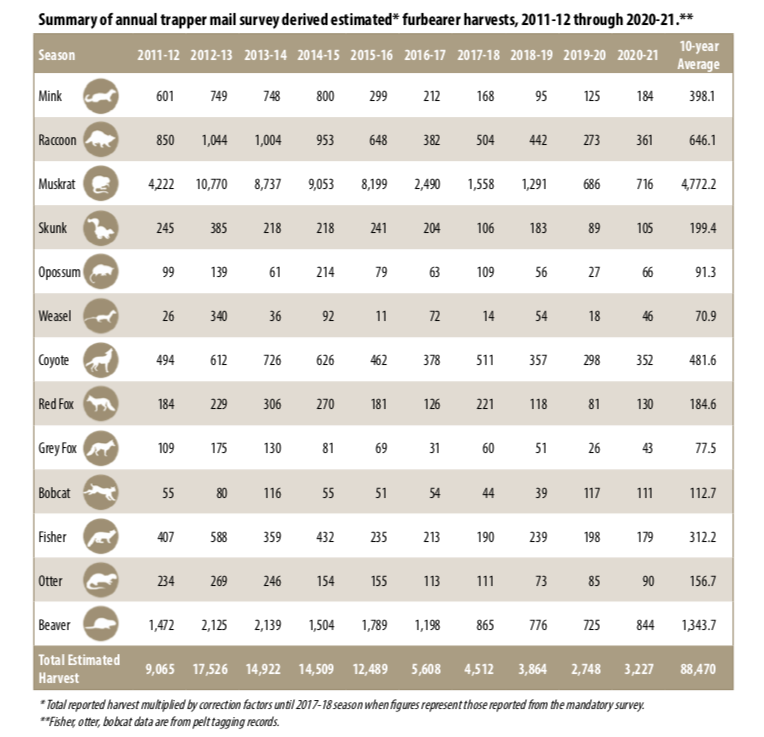
Public comment emails can be sent to ANR.FWPublicComment@vermont.gov Deadline for comments is Friday, June 30, 2023
Public hearings will be held in person and online at:
- Tuesday, June 20, 6:30-8:30 pm. Rutland Middle School, 67 Library Avenue, Rutland VT | map
- Wednesday, June 21, 6:30-8:30 pm. Montpelier High School, 5 High School Drive, Montpelier VT | map
- Thursday, June 22, 6:30-8:30. Online via Microsoft Teams at: https://tinyurl.com/trappinghearing
- View video of the Public Meeting to Collect Input on the Department’s Recommendations for Trapping BMPs and presentations by pro-trapping Association of Fish & Wildlife Agencies (AFWA) ( + 1 hour)
- Furbearer BMP Public Meeting Focus Questions – 11.29.2022
- VFWD Trapping BMP Draft Recommendations and Stakeholder Recommendation Synopsies-11.22.2022 – updated 12.27.2022
August 4 – September 27, 2022 – The department convened a stakeholder working group composed primarily of pro-trapping interests, to identify potential areas of supposed “common ground” for updated regulations. Almost all of the recommendations by wildlife advocates were ignored.
- 8-4-2022 Meeting minutes and video (3 hours)
- 8-23-2022 Meeting minutes and video (+3 hours)
- 9-8-2022 Meeting minutes and video (3 hours)
- 9-27-2022 Meeting minutes and video (2 hours)
